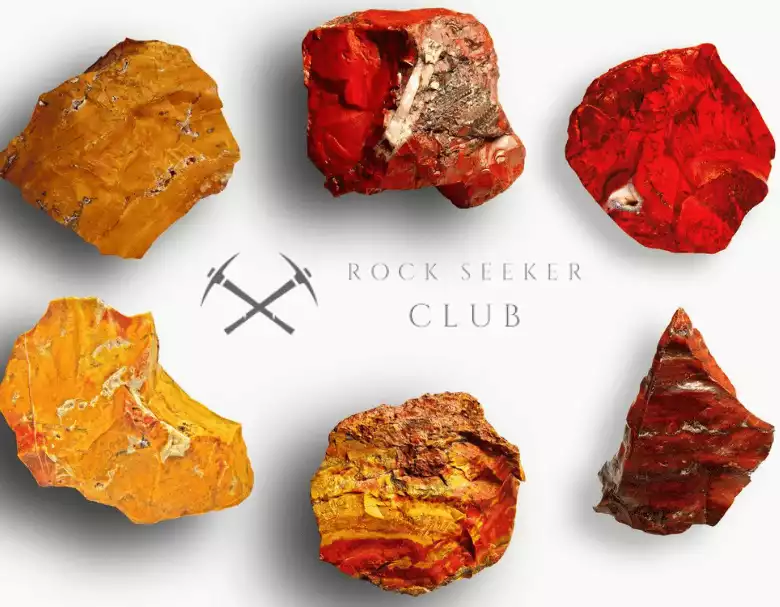Quartz is one of the most common and well-known minerals on Earth. It appears almost everywhere in the mineral world and is a major component of many rocks. Quartz is also incredibly diverse, found in various forms, habits, and colors, and it has more variety names than any other mineral.
While this isn’t a comprehensive list of all of the different types of quartz that’s out there, it is a list of some of the most popular among collectors.
1. Rose Quartz
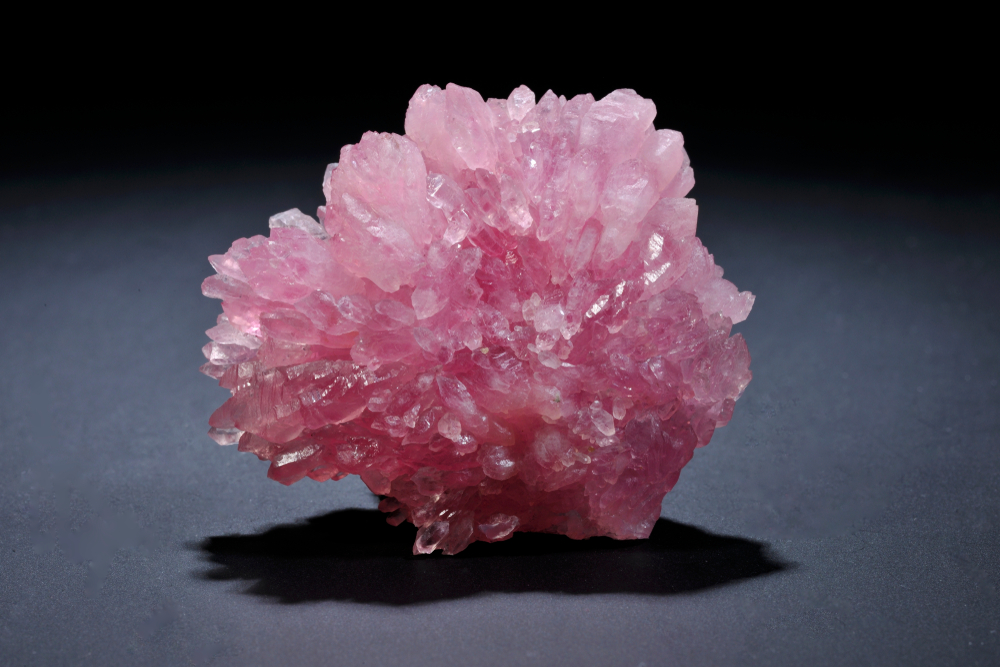

Rose Quartz is a pink colored quartz that often occurs in massive formations. Rose quartz can be found in large pieces and is commonly used to make decorative items. Rose quartz is often quite milky or opaque, especially in comparison to clear quartz crystals.
The pink color of rose quartz makes this type of quartz crystal a particularly popular gemstone. Rose quartz is one of the most common varieties of crystalline quartz, with massive occurrences found on every continent around the world.
Its standard colors are gentle pastel pinks that range from almost white to an intense vivid mauve, but many specimens have an antique or raspberry tone due to vanadium impurities typically present within the crystal structure itself. Its because of these colors that makes rose quartz a highly sought after gemstone.
Read more: 6 Interesting Facts About Rose Quartz
2. Amethyst
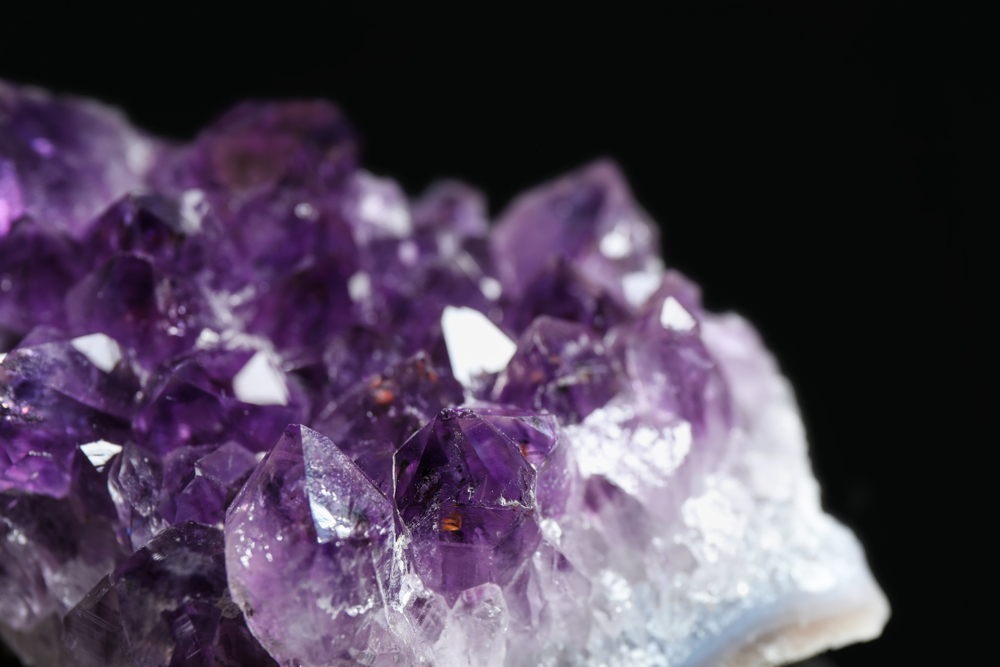
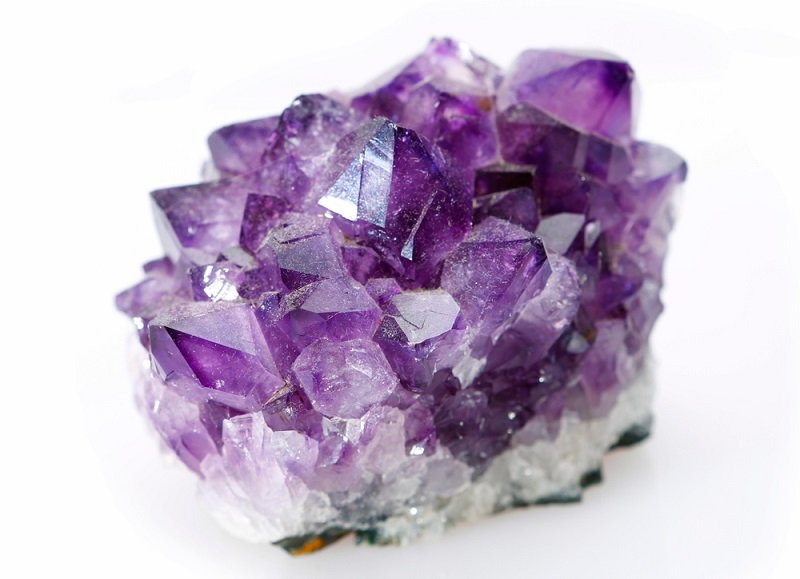
Amethyst, a stunning variety of quartz, is known for its purple, which can range from light lavender to deep violet. The color of this quartz variety comes from irradiation and impurities of iron and other minerals within its structure. Historically, amethyst was highly valued, often compared to ruby and emerald in terms of prestige.
Read more: 5 Interesting Facts About Amethyst!
3. Smoky Quartz
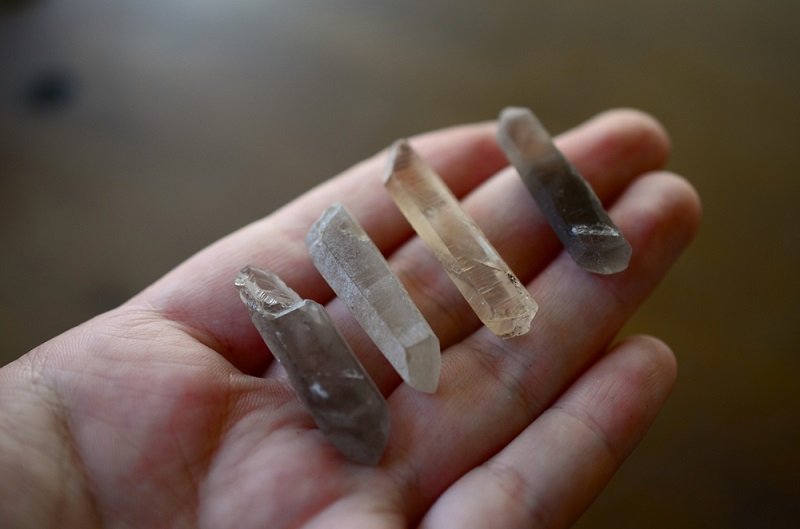
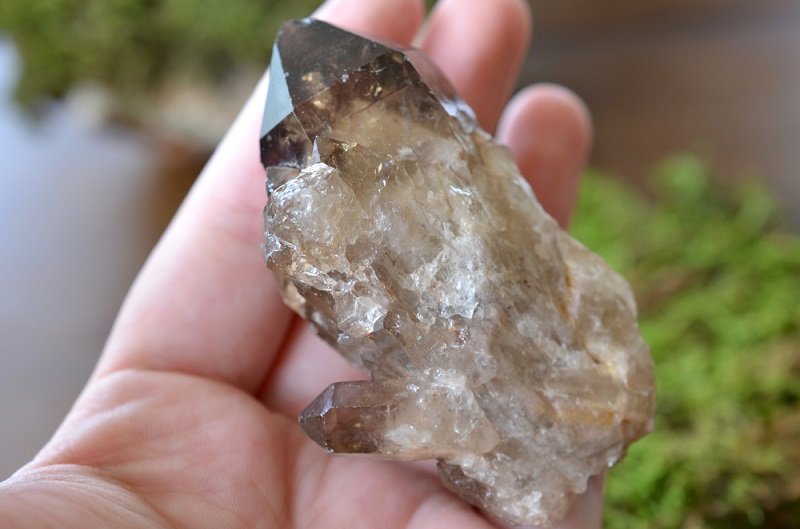
Smoky quartz crystal is a brownish gray, translucent variety of quartz that ranges in clarity from almost complete transparency to an almost-opaque brownish-gray or black crystal.
It is a silicon dioxide crystal. The smoky color results from free silicon formed from the silicon dioxide by natural irradiation. Most crystals are found near active volcano sites and were probably formed at temperatures of about 800 degrees C higher than those for clear quartz stones.
4. Citrine
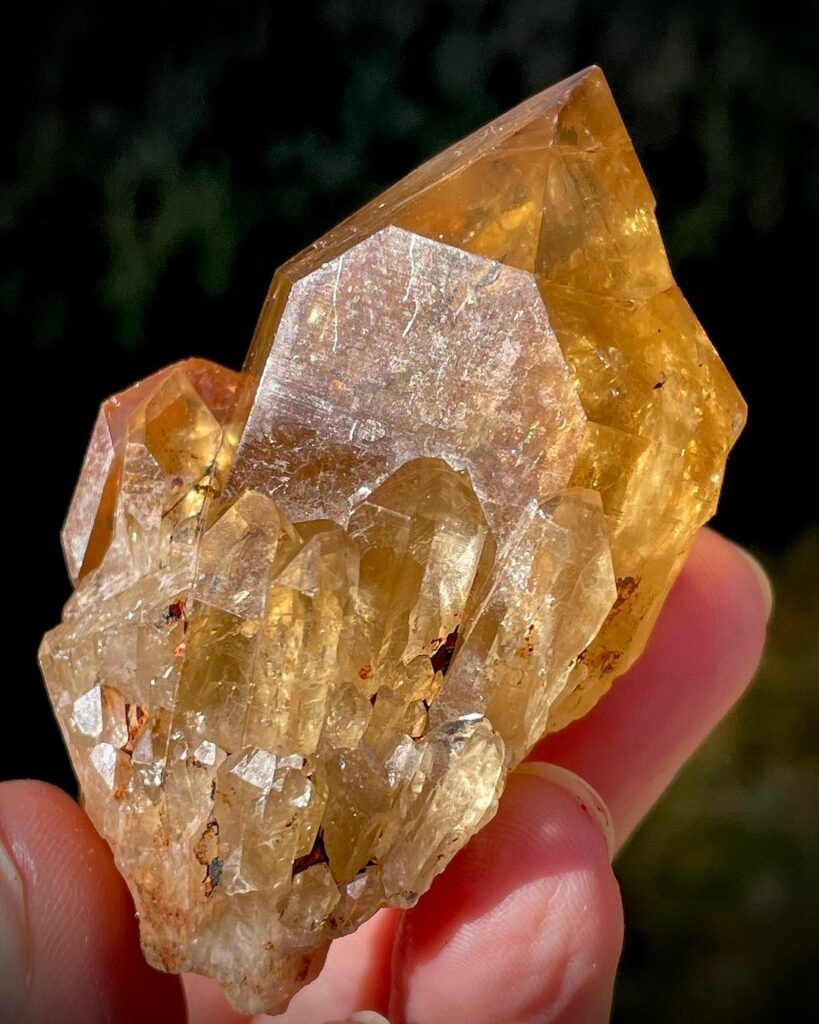
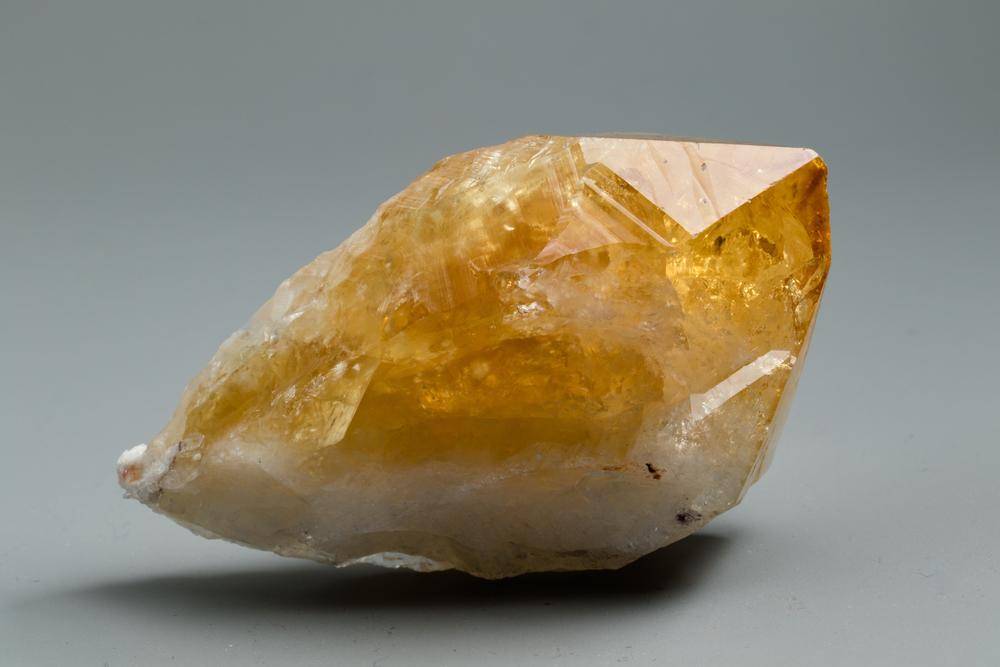
Citrine, another popular variety of quartz, captivates with its warm yellow to reddish-orange hues, often reminiscent of the vibrant colors of autumn. This gemstone’s color typically arises from heat treatment of amethyst or smoky quartz, which changes their natural colors to the golden tones characteristic of citrine. It is widely appreciated for its brightness and is often used in jewelry due to its durability and appealing luster.
Read more: Real vs Fake Citrine: Tips On How To Tell If You Have Real Deal
5. Ametrine


Ametrine is a striking and unique variety of quartz that naturally combines the colors of both amethyst and citrine in a single stone. This bi-colored gem displays zones of purple and yellow or orange, a phenomenon caused by differing oxidation states of iron within the crystal. Real ametrine is quite rare, which has led to a lot of
6. Blue Quartz
Blue Quartz is a captivating variety of quartz known for its soothing, deep blue to pale sky-blue colors. The coloration of blue quartz is typically due to inclusions of minerals such as tourmaline, rutile, or zircon.
7. Prasiolite
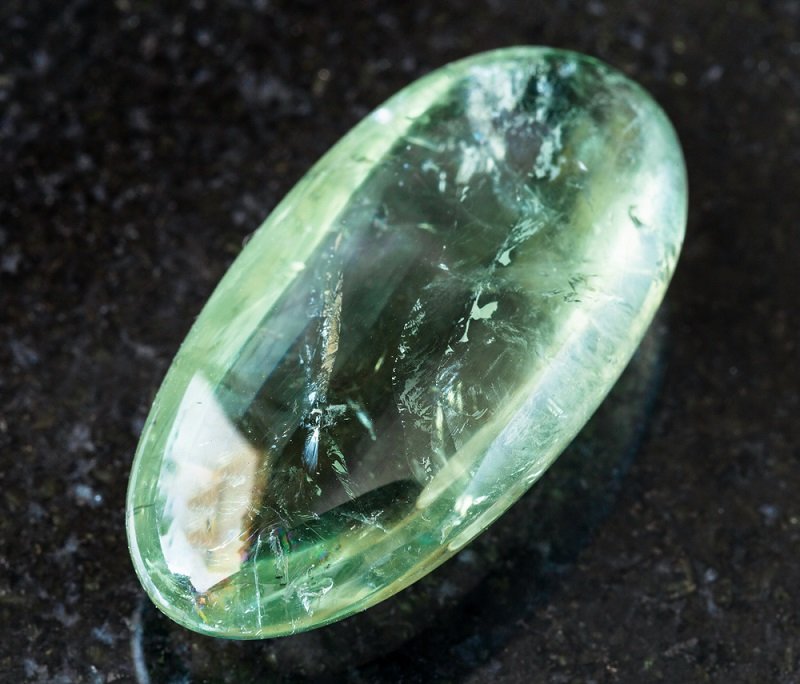
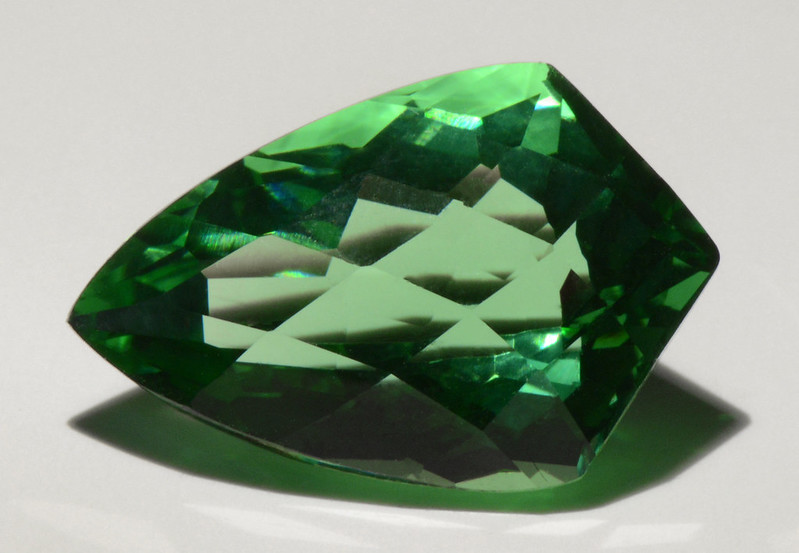
Prasiolite, also known as green quartz, presents a subtle and alluring pale green color, which is often achieved through heat treatment of certain types of amethyst or yellowish quartz. This rare gemstone is appreciated for its soft, minty hues and is mainly used in high-end jewelry.
8. Rutilated Quartz
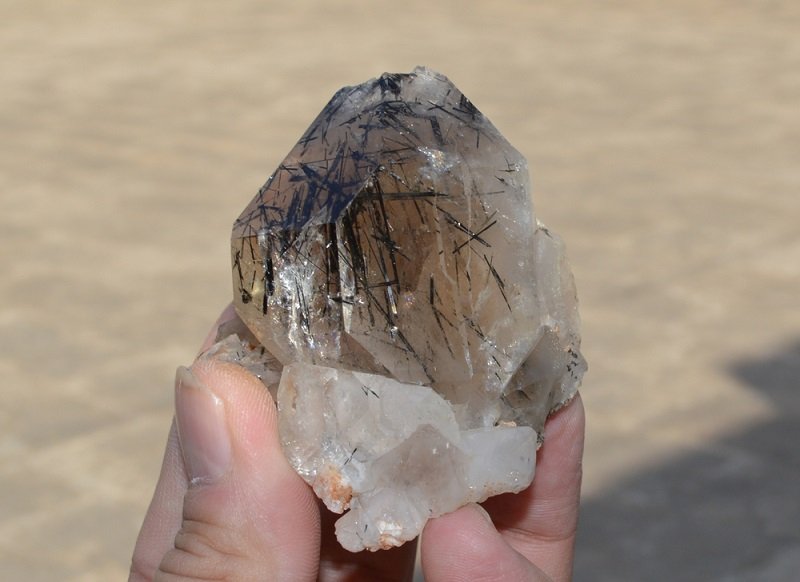

Rutilated Quartz is a striking variety of quartz that contains needle-like inclusions of rutile, which are often golden, but can also appear silver, copper-red, or deep black. These unique inclusions create captivating patterns within the clear or smoky quartz, making each piece uniquely beautiful.
9. Clear Quartz
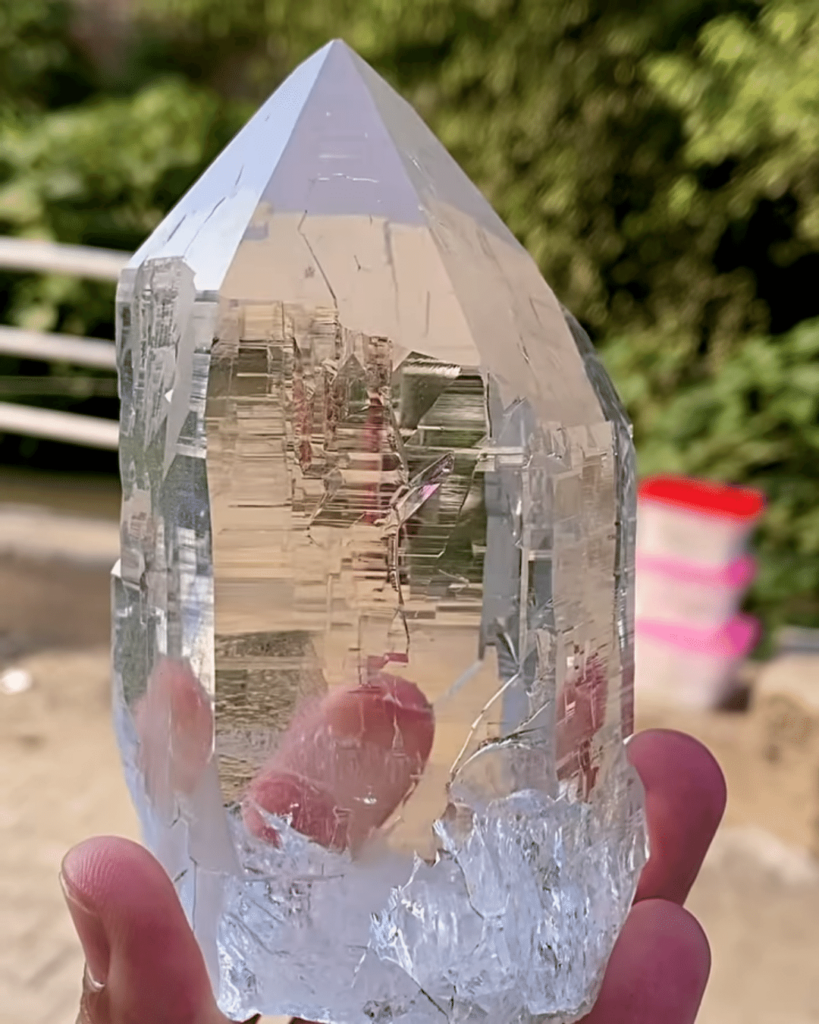
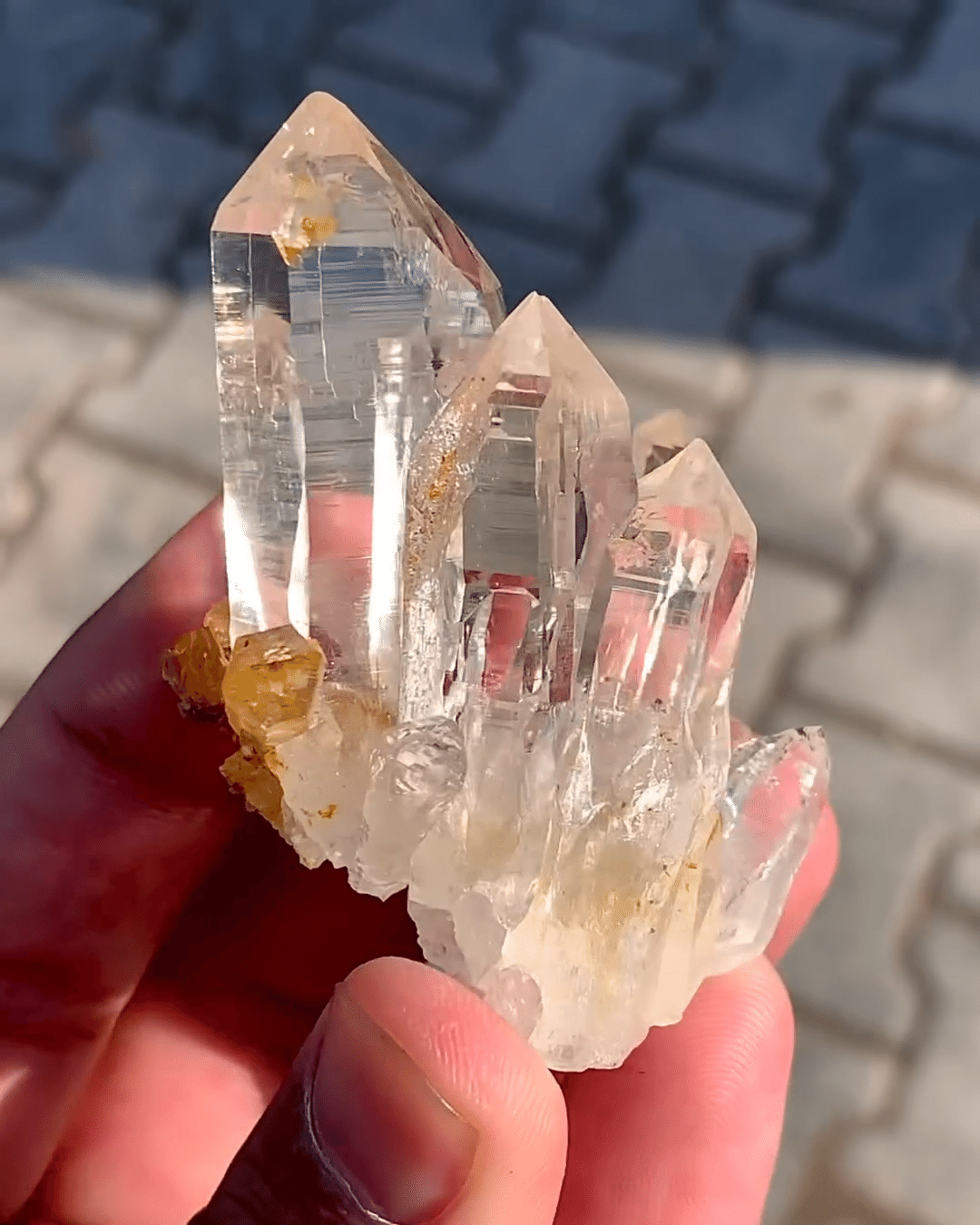
Clear quartz crystal is a type of mineral known for crystallizing into amazing shapes and retaining their luster. This clarity and white coloring makes it easy to preserve this type of crystal, not allowing the oils from skin contact to darken or dull its colors. Clear quartz also found in many forms such as: amethyst, rose, cactus, citrine, dendritic.
Different Quartz Crystal Formations
1. Needles
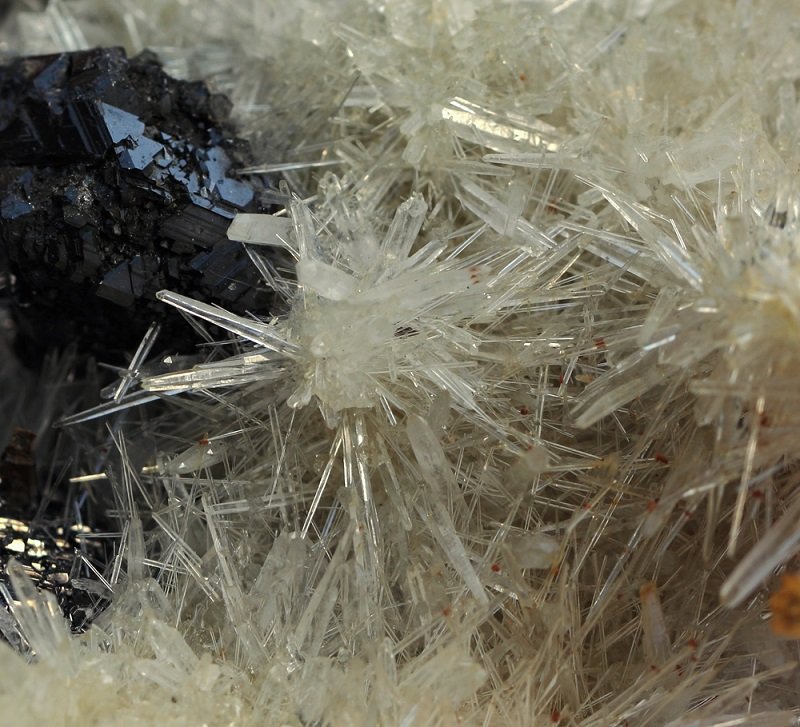
Single, hexagonal quartz crystals that are elongated. These are commonly found in rock shops at low prices, especially if they aren’t crystal clear. Most are terminated on only one end, having been broken off from the base stone but double-terminated needles are sometimes found.
2. Points
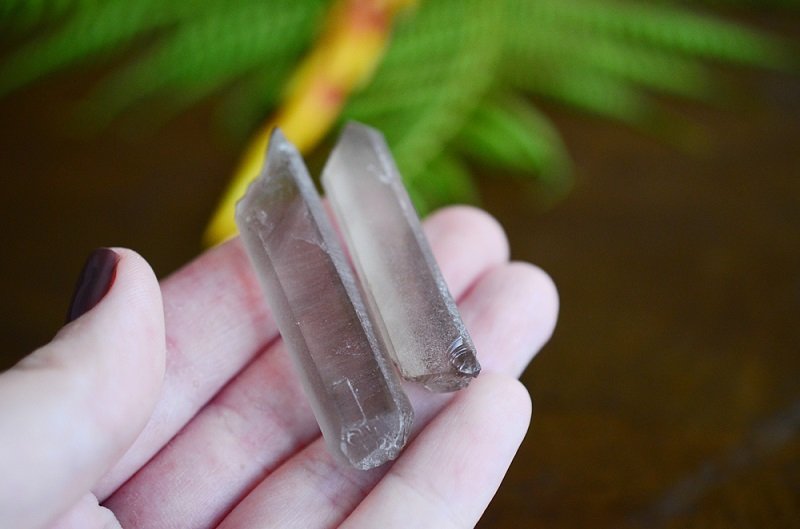
The difference between a point and a needle is mostly one of personal taste, but points are usually single-terminated quartz crystals that are wider than those considered needles.
3. Cluster
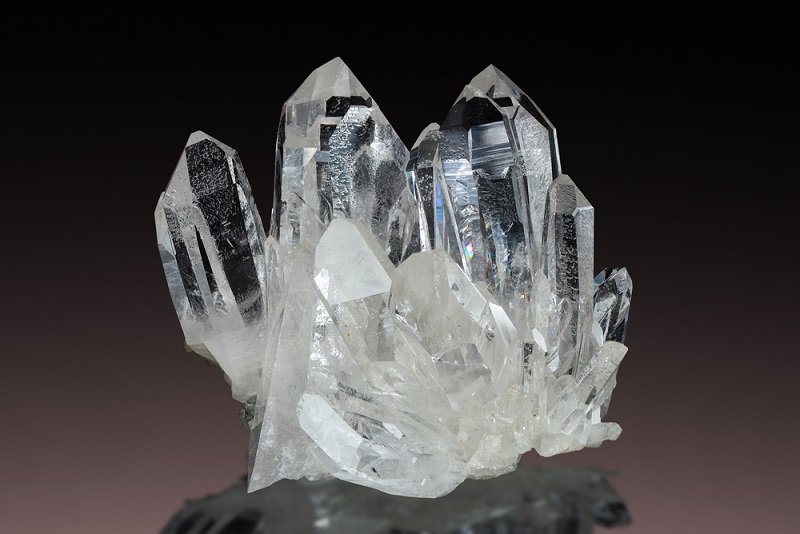
Many specimens include a ton of points centered on the base stone. These are another common specimen type.
4. Companion
Quartz crystals sometimes form on the face of other quartz crystals, when a long needle-like crystal forms on a larger point it’s often called a companion crystal.
Herkimer Diamonds
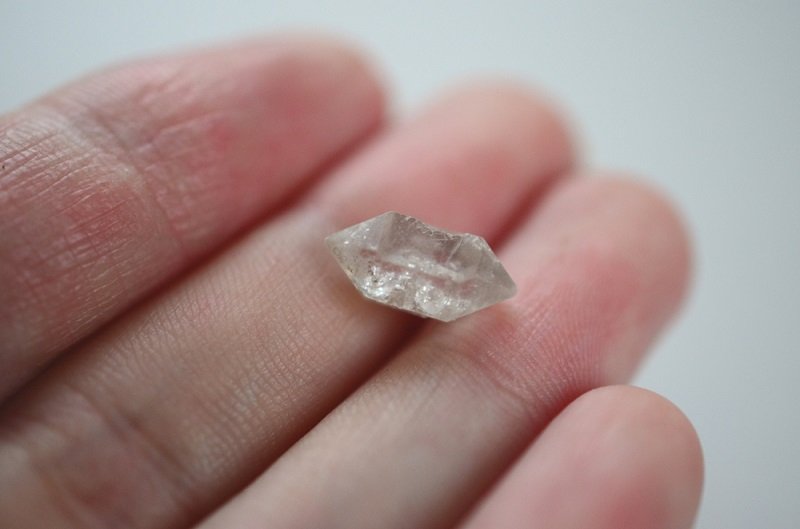
Double-terminated quartz crystals that form small crystals with high clarity. They’re a highly sought-after specimen by most quartz collectors.
Enhydro Crystals
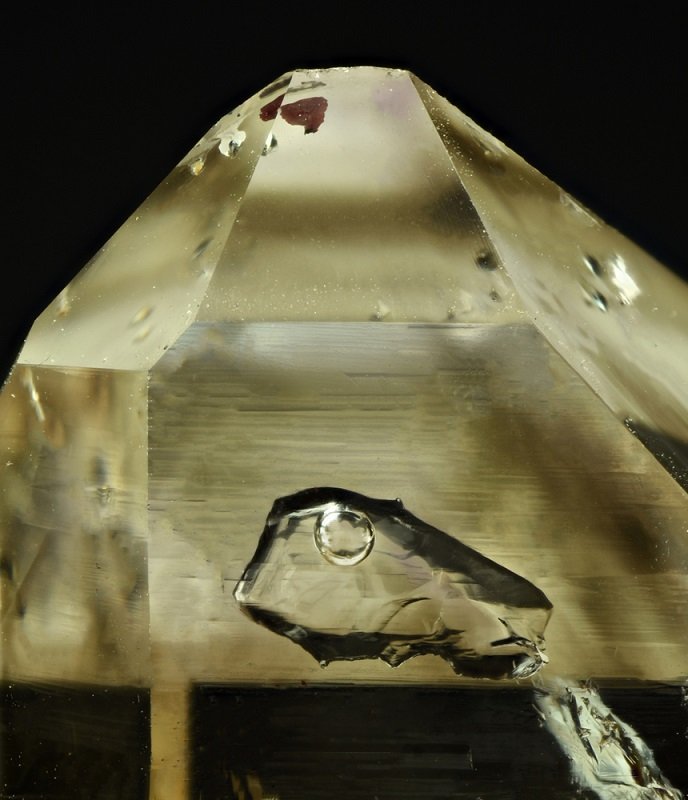
Enhydro crystals contain small pockets of water as an inclusion. Enhydro crystals form in a variety of ways, but all of them have trapped water at some point in their lifecycle.
A Note About Unnatural Quartz
Quartz is often treated, and some of the fancier varieties are synthetic in origin.
That’s not necessarily a bad thing, but any collector should be aware.
Heat treating and radiation treating are both common for quartz gemstones, bringing out deeper colors or even changing them. Heat-treated amethyst is often sold as citrine, for instance, but it should be noted that the only difference between amethyst and citrine is the temperature at which they were formed.
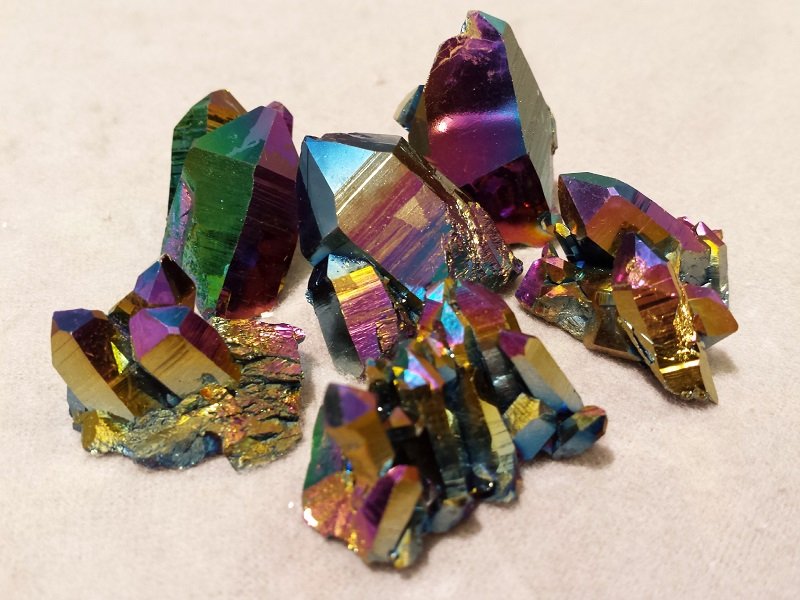
Since they’re chemically identical, you usually have to judge based on how the colors look. In formations like clusters, the stones will often have a “burnt” look to their coloration, with the deep orange even fading into brown at some points.
Other stones are almost always treated, such as prasiolite. Natural stocks of the stuff are low and the vast majority is heat-treated or irradiated to bring in the characteristic olive hue.
In addition to treated specimens, collectors will also find “mystic quartz” available. It’s a pretty, iridescent piece of quartz but it’s not natural in the slightest. Instead, these stones have a thin layer of gold or titanium deposited on their surface.
In other words, it’s wholly synthetic and it really only appeared on the market in the late 1990s.
Anytime you see a “new” variation of quartz available do your research. Most aren’t natural. For many collectors, that’s an important distinction.
- Online rock and mineral club for collectors of all levels!
- Find community with like-minded rock and mineral enthusiasts.
- Monthly Giveaways!
- Free Access to Entire Digital Library of Products (annual memberships)

